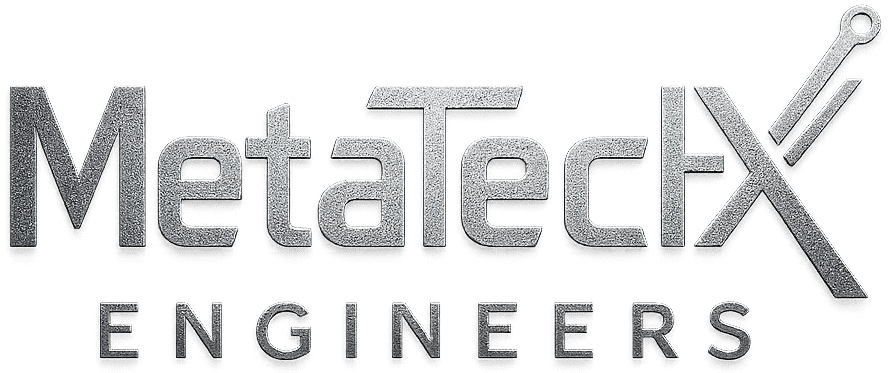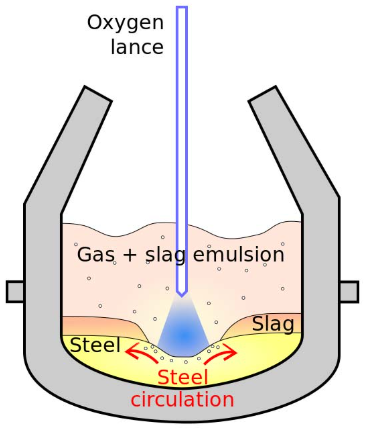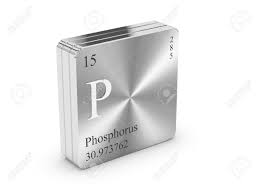LD Process in Steelmaking: A Detailed Overview
The LD (Linz-Donawitz) process, also known as the Basic Oxygen Furnace (BOF) process, is a primary steelmaking method that converts pig iron and scrap into high-quality steel. It is named after the Austrian towns of Linz and Donawitz, where it was first developed. The process relies on oxygen blowing to reduce the carbon and other impurities in molten iron, producing steel.
1. Process Overview
1.1 Raw Materials
- Pig Iron: The main input, typically containing 4-5% carbon, along with silicon, manganese, phosphorus, and sulfur.
- Steel Scrap: Used to cool the heat generated during oxygen blowing.
- Lime and Dolomite: Fluxes added to remove impurities by forming slag.
- Oxygen: Blown at high pressure (8–12 bar) to oxidize impurities.
1.2 Steps of the LD Process
- Charging the Furnace:
- A mixture of pig iron and scrap is charged into the LD converter.
- Flux materials (lime and dolomite) are added on top.
- Blowing Oxygen:
- A water-cooled lance injects pure oxygen at high pressure directly into the molten metal.
- The oxygen reacts with carbon, silicon, manganese, and phosphorus to form oxides, which are removed as slag or gas.
- Chemical Reactions:
- Carbon Oxidation: C + O2 → CO + CO2
- Silicon Oxidation: Si + O2 → SiO2
- Phosphorus Oxidation: 2P + 5O → P2O5
- Manganese Oxidation: Mn + O → MnO
- Formation of Slag:
- Oxides of silicon, phosphorus, and manganese combine with lime to form slag.
- Slag floats on the molten steel and is later removed.
- Tapping:
- After the desired composition and temperature are achieved, the steel is tapped into a ladle.
- The slag is removed for disposal or reuse.
- Deslagging and Furnace Preparation:
- The remaining slag is removed, and the furnace is prepared for the next heat.
2. Operation of LD Process
2.1 Furnace Preparation
- Inspection: Check the refractory lining of the converter for wear and damage.
- Refractory Repair: Perform gunning or patching of the lining as needed.
- Preheating: Preheat the furnace if required, especially after repairs.
2.2 Charging
- Weighing Materials: Accurately weigh pig iron, scrap, and fluxes according to the required steel grade.
- Loading Sequence: Charge scrap first to protect the refractory lining, followed by pig iron and fluxes.
2.3 Oxygen Blowing
- Lance Positioning: Adjust the height of the oxygen lance for optimal blowing efficiency.
- Blowing Parameters: Control flow rate, pressure, and lance height to maintain the correct temperature and chemical reactions.
- Temperature Monitoring: Continuously monitor the bath temperature to avoid overheating or underheating.
2.4 Tapping
- Temperature Check: Measure the temperature of the molten steel before tapping.
- Sampling: Take samples to verify the composition matches the required steel grade.
- Ladle Preparation: Ensure the ladle is preheated and lined with refractory materials.
2.5 Slag Management
- Slag Removal: Skim slag carefully to prevent contamination of steel.
- Recycling: Reuse slag in cement production or other applications where applicable.
3. Maintenance in LD Process
3.1 Refractory Maintenance
- Lining Wear Monitoring: Regularly inspect the refractory lining of the converter for wear and erosion.
- Gunning and Patching: Apply refractory gunning to damaged areas to extend the life of the lining.
- Relining: Perform complete relining when the refractory material is worn out.
3.2 Oxygen Lance Maintenance
- Cleaning: Remove slag and metal buildup from the lance nozzle.
- Inspection: Check for wear or cracks in the water-cooling system.
- Replacement: Replace the lance if wear exceeds acceptable limits.
3.3 Furnace Equipment Maintenance
- Tilting Mechanism: Lubricate and inspect the tilting mechanism for smooth operation.
- Cooling Systems: Ensure proper functioning of water-cooling systems to prevent overheating of critical components.
- Instrumentation: Calibrate sensors, temperature probes, and gas analyzers regularly.
3.4 Dust and Gas Management
- Gas Cleaning Systems: Maintain scrubbers, electrostatic precipitators, or bag filters for effective dust and gas removal.
- Ductwork Inspection: Check for leaks or damage in gas ducts.
4. Safety and Environmental Considerations
4.1 Safety Measures
- Personal Protective Equipment (PPE): Provide heat-resistant clothing, face shields, and gloves for workers.
- Explosion Prevention: Ensure scrap and other materials are dry to avoid steam explosions.
- Emergency Procedures: Train workers in handling spillage, gas leaks, or refractory failures.
4.2 Environmental Measures
- Emission Control: Use gas cleaning systems to capture and treat CO and particulate emissions.
- Slag Utilization: Promote the use of slag in construction materials to reduce waste.
- Energy Efficiency: Optimize oxygen usage and blowing parameters to minimize energy consumption.
5. Challenges in LD Process
- Refractory Wear: High temperatures and slag interaction lead to rapid wear of the lining.
- Process Control: Maintaining consistent steel quality requires precise control of oxygen blowing and temperature.
- Environmental Compliance: Strict regulations on emissions and waste management need robust systems.




